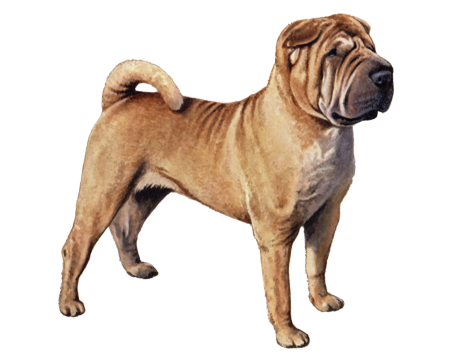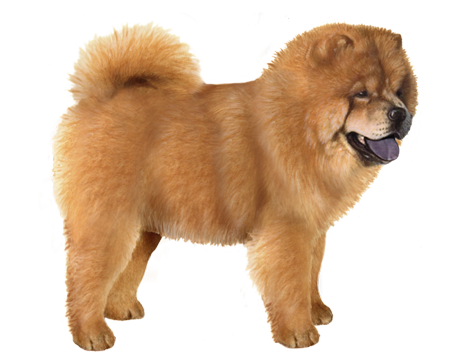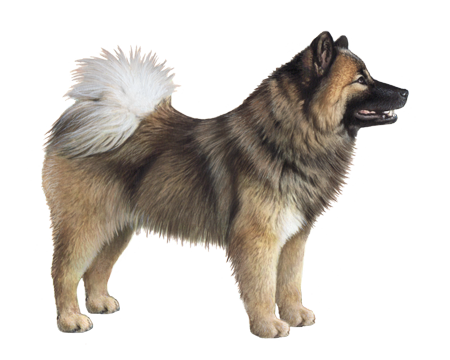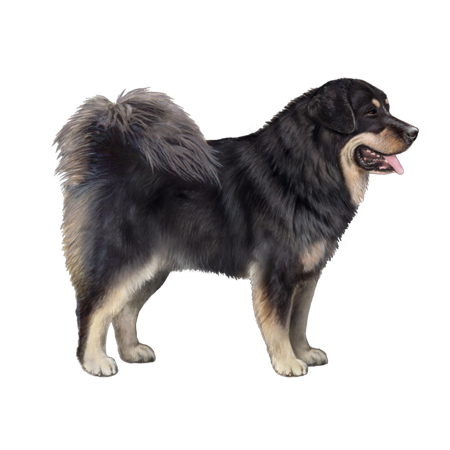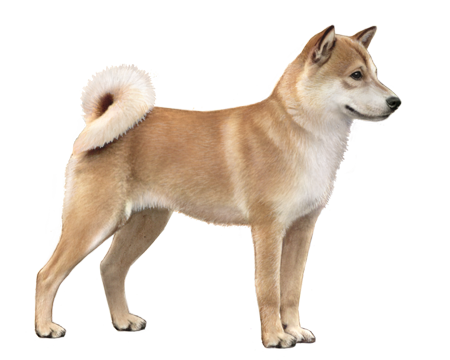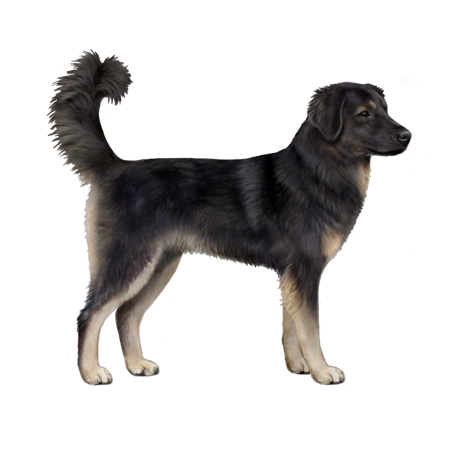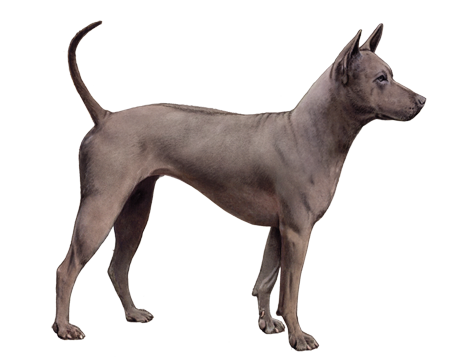
Chinese Chongqing Dog
Chinese Chongqing Dogs are intelligent, independent, and brave pups. Loyal to their people, they make dedicated workers and devoted pets.
Interested in discovering if your dog is a Chinese Chongqing Dog?
Check out Wisdom Panel's DNA tests.

Chinese Chongqing Dog Traits
General Appearance
The Chongqing is a medium-sized, muscular dog with a physique similar to an American Staffordshire Terrier.
Coat and Colouring
Chongqing have short, sleek coats that are a chili pepper red color.
Distinctive Physical Traits
A broad face, short muzzle, small, triangular upright ears, and thin, muscular tail are some of the Chongqing's key features.
Chinese Chongqing Dog Temperament
The Chinese Chongqing is a noble, fearless breed. These pups are protective of their humans and will not hesitate to defend them if they perceive a threat. For this reason, they do best in homes with experienced pet parents confident in handling such self-appointed bodyguards.
Though independent, Chongqing are playful and like spending time with their people. They also enjoy going on adventures. But you should always leash your dog when in unfenced outdoor areas. Otherwise, their natural desire to hunt may send them after other animals.


Chinese Chongqing Dog History
The Chinese Chongqing is an ancient breed from the southwestern part of Sichuan. Clay figurines found in tombs prove they've existed since the Han Dynasty (206 BC – 220 AD). People often refer to the breed by different names, depending on their primary use. For example, bamboo dogs are called Hushan Dogs, cave dogs are called Hechuan Dogs, and hunting dogs are called Linshui Dogs.
Because this breed evolved in an isolated mountainous region, the Chongqing has developed a personality and appearance that's unique to the region. Wealthy locals use these versatile dogs for guarding, hunting, and companionship. But elsewhere in the world, Chongqing aren't well-known—the breed's considered rare.
Chinese Chongqing Dog Care
Nutrition
Chongqings thrive on a high-quality diet formulated for their life stage (e.g., puppy, adult, senior). Obesity is a growing issue for dogs and can lead to other health conditions. To help your pup maintain a healthy weight, keep an eye on their food intake and measure their portions to avoid overfeeding. As a guideline, treats should make up no more than 10% of a dog's calories.
Grooming
Chongqings have a low-maintenance coat, typically requiring only a weekly once-over with a brush to remove loose fur and occasional baths. But regular nail trims should also be part of their home care. Nails that get overly long can cause pain and potentially lead to problems running or walking.
No grooming routine is complete without dental care. Dental disease is one of the most common health conditions in adult dogs. Left untreated, it can contribute to other serious health issues. So, in addition to professional cleanings, establish an at-home dental hygiene program that includes regular teeth brushing and veterinarian-recommended dental chews.
Exercise
These active pups need daily exercise to stay physically and mentally healthy. Brisk walks, hikes, and play sessions in a fenced backyard with plenty of space to run around are all great ways to keep Chongqings fit.
Training
This intelligent, independent breed responds best to a gentle but firm training approach. Positive reinforcement and consistency are the foundation of a successful training program. Additionally, socializing your pup when they're young will minimize their natural wariness toward strangers and help them grow into a well-mannered adult dog.

Breed Group
Asian and Oceanian
The Asian and Oceanian group is comprised of breeds whose origins lie in Asia, which have spread as far as Australia, the islands of the Pacific, and the Arctic. This group is possibly the most ancient of all breed groups and were bred for a variety of purposes, including guarding, hunting, and as draft dogs.





